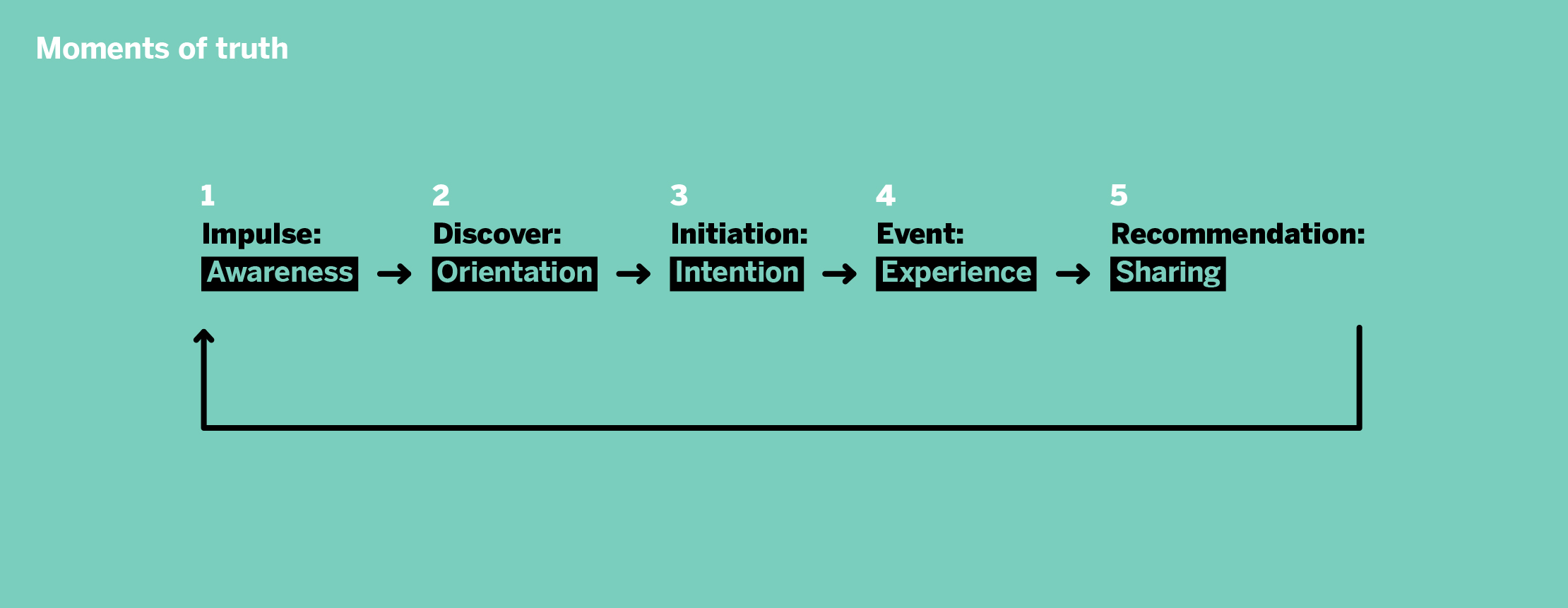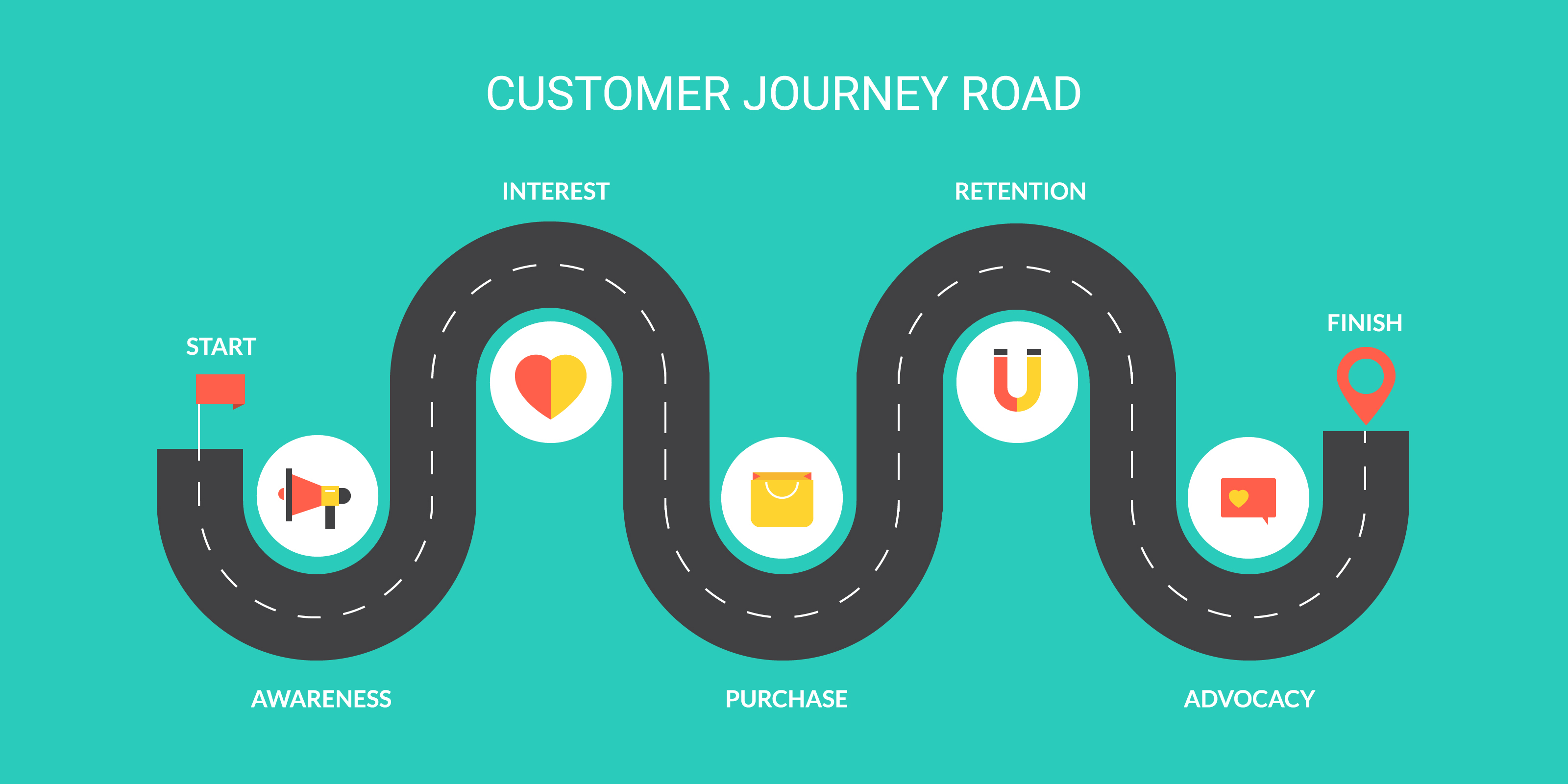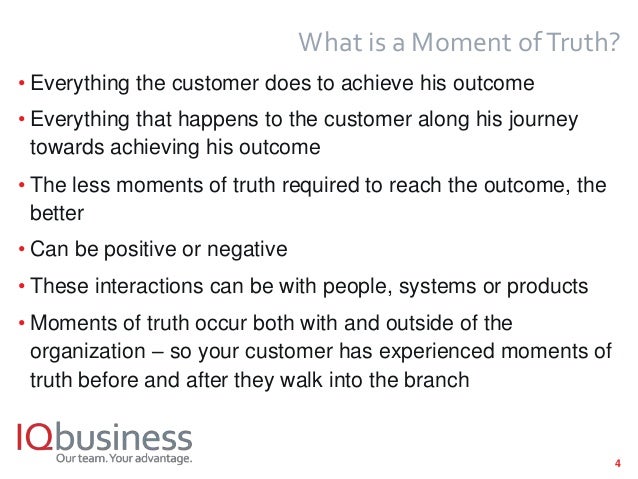


First moment of truth: When a customer first encounters a product or service.In 2005, he claimed there were two moments of truth (with a third being added later by Pete Blackshaw – another P&G alumni): The term ‘moment of truth’ was first coined in marketing by AG Lafley, former Chairman, President and CEO of Procter & Gamble (P&G). What is a moment of truth in customer service and marketing First, let’s dig a little deeper into when moments of truth occur. So how do you spot a moment of truth? We’ll come to that. You can focus more on the moments that truly matter. Focusing on the “moments of truth” means spending your time (and budget) on the most valuable parts of your customer journey. That’s why it’s as exciting as it is important to recognise and spend some time to hone in on these pivotal interactions. Moments of truth can forever change the relationship between a brand and its customer, for better or worse. It represents occasions where a customer’s interaction is so impactful that it alters their perception of the brand. In marketing and customer service, the phrase ‘moment of truth’ has a similar meaning. They’re situations where people are put to the test or have to make a key decision that could change the course of their future. These are the type of make-or-break events in our lives that we commonly call ‘moments of truth’. When you have your journey map validated, make it look pretty and share it! It is a great device for involving everyone and making your company more customer orientated.Sitting an important exam. This will prioritize actions that are required to improve your customers' experiences and build your customer base. Which touchpoints customers would be prepared to pay for. Which are performed really well from the customers’ points of view Now go through every touchpoint and mark them according to: The final chapter is often RETURN - ie the moments of truth for a lost customer that has returned to your company.įor each stage on the spine of the journey list all the interactions (touchpoints) between the customer and the company. There are usually half a dozen or so of these major "chapters" of customer interventions.

They can be turned into infographics in poster form (as per the example below) for sharing around the company and alerting everyone as to what makes exceptional customer experiences.Ī critical part of customer journey mapping is defining the spine of the customer journey - the columns that in the above map start with Awareness and end with User Experience. There is no fixed template for the customer journey map. In workshop fashion the team would debate and agree on all the points of the journey and where the company is strong and weak. Customer interviews are always useful, of course. This could be achieved within a company by a cross functional team representing different departments. The skill of customer journey mapping is to identify the most important ones that influence people on the journey. What effort is required by the customer or potential customer in moving to the next stage? What would alleviate these barriers, concerns and uncertainties? What are customers’ concerns and uncertainties at this stage? What barriers might prevent them moving to the next stage? What would motivate a customer to move to the next stage?

At the point of developing the spine, there are some questions that should be asked: A customer journey map is made up of a spine (the major stages that the customer goes through in the life cycle with the supplier) and all the moments of truth during each of these stages.


 0 kommentar(er)
0 kommentar(er)
